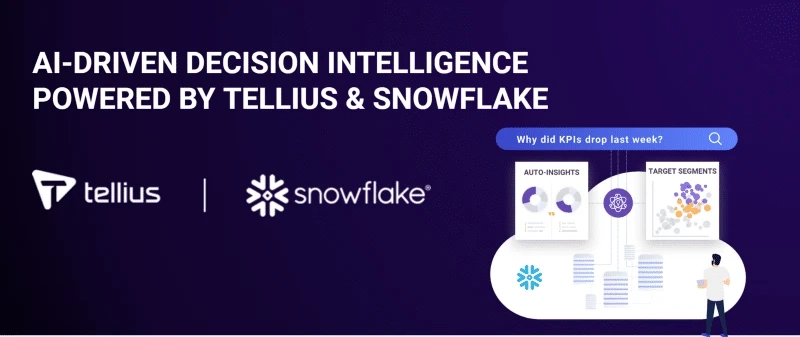As the next generation of business intelligence, augmented analytics improves the self-serve model in several distinct ways. Using artificial intelligence, it simplifies data prep by automatically sourcing data from various databases and integrated tools. And once the data is in the platform, it allows users to self-serve ad hoc reports on a conversational UI using natural language queries.
Augmented analytics doesn’t just simplify data analysis on the backend. It also delivers insights and visualizations via natural language generation (NLG) to make data more accessible and valuable to the average user. The software also slices and dices the data in real-time to provide insight into the “why” behind the reported information — not just the what, who, and when. And, over time, the algorithm develops a deeper understanding of user intent, which allows it to deliver more targeted and nuanced answers to complex questions.
However, with augmented analytics tools, you can automate data preparation and simplify integrating with all of your data sources — including data warehouses like Amazon Redshift, cloud platforms like Salesforce, web service tools like Amazon S3, and analytics platforms like Google Analytics.
When the data (and metadata) has been added to the pipeline, everything from data cleaning to dataset unification is done for you, automatically. This makes it possible for your data scientists, data engineers, and developers to focus on creating new analyses to deepen insights.
Insight discovery is the step in the data analytics process where the algorithm analyzes the data through the lens of a predefined model to find answers to questions, such as quarterly revenue or customer acquisition rates. However, because models traditionally have to be developed manually by data scientists, insights can be lacking in specificity.
With augmented analytics, insight discovery is both easier to initiate and more thorough. Queries can be made using natural language and voice inputs instead of hyper-specific keyword entries, and machine learning algorithms can dig through all of your data (no matter how many rows there are) to find detailed, targeted insights to answer your question.
However, with augmented analytics, time-to-insights and human effort can both be reduced dramatically. Using natural language generation, augmented analytics platforms deliver insights in real-time that can be viewed from an online dashboard. These insights include both the direct answer to the natural language query and the reasoning for the answer.
This means your decision-makers can consider all relevant factors before moving forward with their decision and can effectively share the knowledge across your organization to achieve better overall outcomes.


